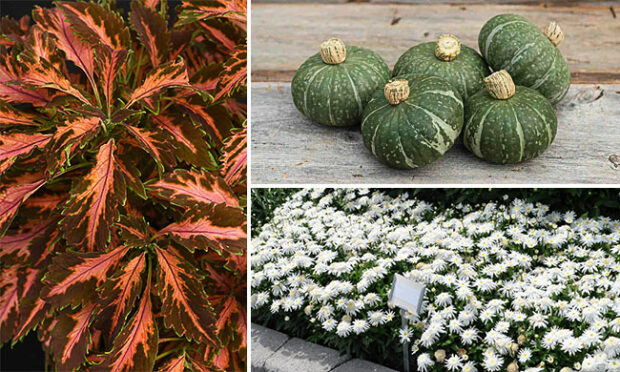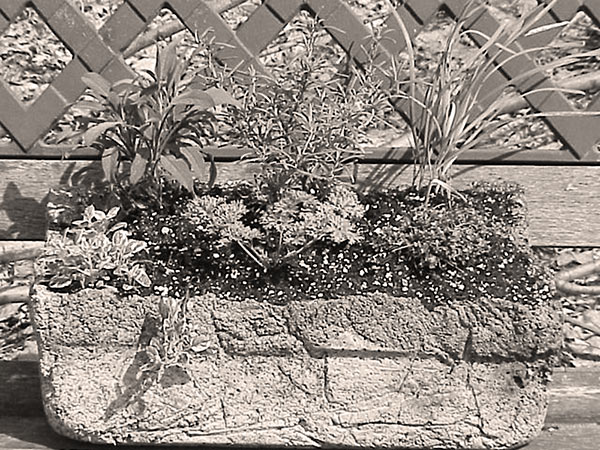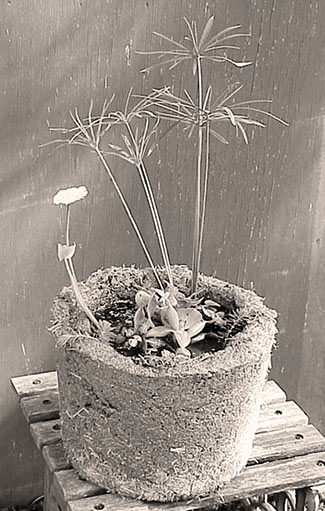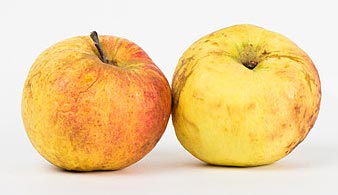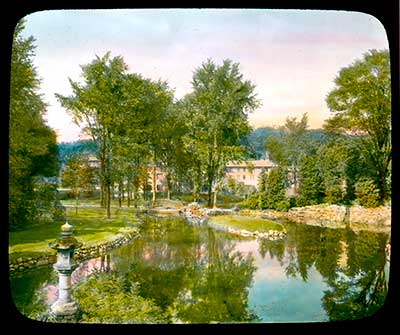by Evelyn Koponen
As you look forward to a fresh gardening season, it is a good time to consider what you can do to improve the health and overall look of your landscape. A tree or shrub that is not maintaining the shape you desire, or has stopped producing as many flowers as it did in the past may need a good pruning. Trees and shrubs in dormancy can be pruned more aggressively, with less stress to the plant and minimal risk of disease because pests that would attack these trees and shrubs are dormant as well. An aggressive dormant pruning will promote more vigorous growth in the spring, which can bring new life and shape to a tired area of your garden.
To encourage and support you in your pruning ventures, here are some standard pruning guidelines for shrubs.
Step 1: Analyze
Be familiar with the plants that you are pruning. This seems obvious, but misidentification can happen—common names can be very similar and confusing, and different pruning forms may be needed on variations of the same plant type. Doing your own research on the best time of year to prune your particular shrub is important. For example, oakleaf hydrangea (Hydrangea quercifolia) and smooth hydrangea (H. arborescens) should not be pruned at the same time. Oakleaf hydrangea flowers on old wood, so pruning right after flowering is appropriate. Smooth hydrangea flowers on new wood, so cutting back severely in the late fall or early spring is ideal.
Make sure that you know your reason for pruning. Consider the whole of the plant, identify dead wood and potentially diseased areas that need to be removed, and plan how you want the end shape of the plant to be. Healthy, corrective shaping of a shrub or tree can take several years, so be patient with your plant and with yourself.
Step 2: Tools
For pruning most shrubs, a few simple tools will go a long way. On bigger limbs, use a sharp hand saw. On smaller branches, use bypass pruners and bypass loppers. These should cover most of your pruning needs. To help prevent the spread of disease, it is a good habit to keep a spray bottle with 91 percent isopropyl alcohol on hand, to sanitize your tools after pruning a shrub or tree. Using proper tools that are sharp is essential to prevent jagged cuts or crushed branch tissues that will prevent the cut from healing over.
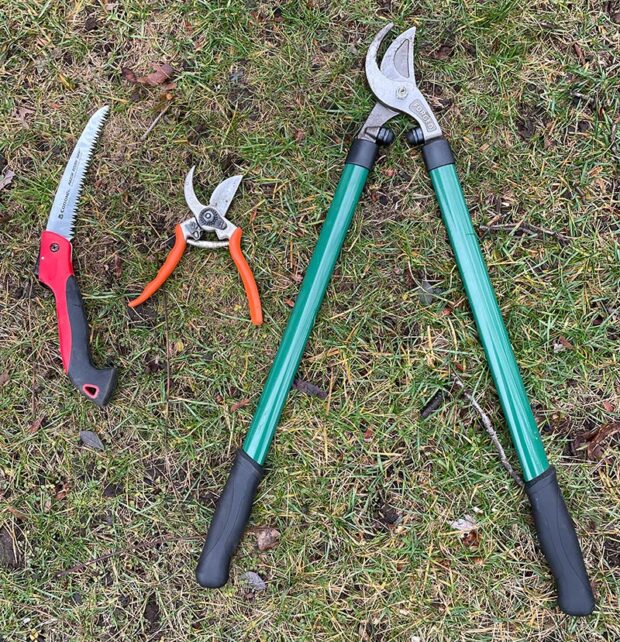
Step 3: Making cuts and removing branches
To help your plant recover quickly and efficiently from pruning, make clean, slightly angled cuts just above a bud or branch collar. Leaving torn cuts and stumps heightens the likelihood of disease and further dieback. Giving your cut a slight angle will help rainfall drain from the cut instead of pooling and causing rot or disease.
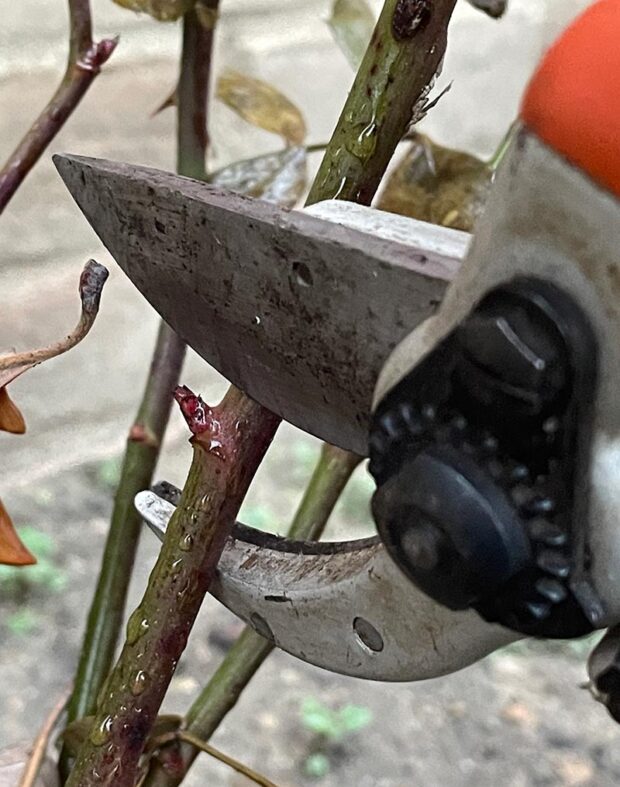
A simple pruning consists of removing any diseased or dead branches all the way to the base of the shrub. If the plant experienced fungal problems the previous season, remove infected plant parts and either burn or throw away any debris to prevent spreading fungal disease to other areas of your garden.
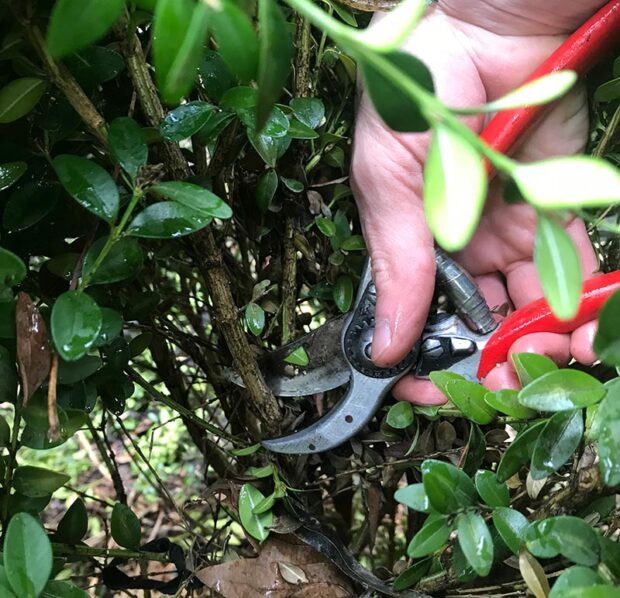
If two branches are crossing, choose which branch has the better form and then remove the other crossing branch. The same idea applies to any branches that are rubbing each other. Keeping a bowl shape in mind, make thinning cuts to your shrub by removing one-third of the oldest, largest branches. This encourages new, vigorous growth. It is important to remind yourself, throughout pruning a plant, of what shape you are attempting to achieve in the end.
In some cases, coppicing your shrub may be a good option. Coppicing is cutting the whole shrub back to nearly ground level, sometimes referred to as “stooling” a plant. This promotes entirely new growth and is a good practice for shrubs that are becoming unmanageable in size and density, or for shrubs which benefit from a flush of new growth for flowering on new wood. Butterfly bushes and spireas are a couple shrubs that benefit from coppicing.
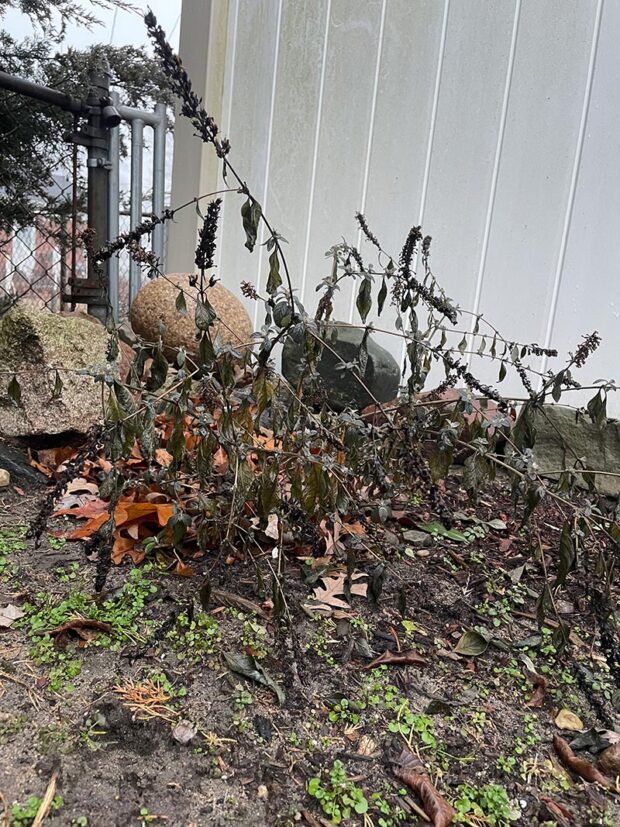
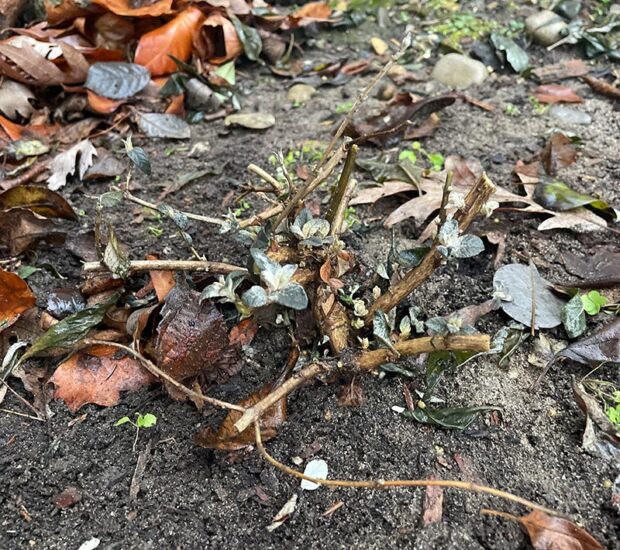
Entering the world of ornamental trees may require more research on your part. There are a multitude of styles and techniques depending on what tree you have and what you are trying to achieve. Reaching out to a local professional gardener for advice or an initial pruning can help start you on your way to becoming a pruning expert yourself.
Evelyn Koponen studied rural development and had several jobs in cultural and social development before changing careers to horticulture. Evelyn was able to bring her previous experience from rural permaculture development and greenhouse work to Atzinger Gardens, where she is a head gardener.
RELATED: Pruning ornamental trees
RELATED: How to grow great roses: Pruning and fertilizing
ELSEWHERE: Pruning evergreen shrubs

